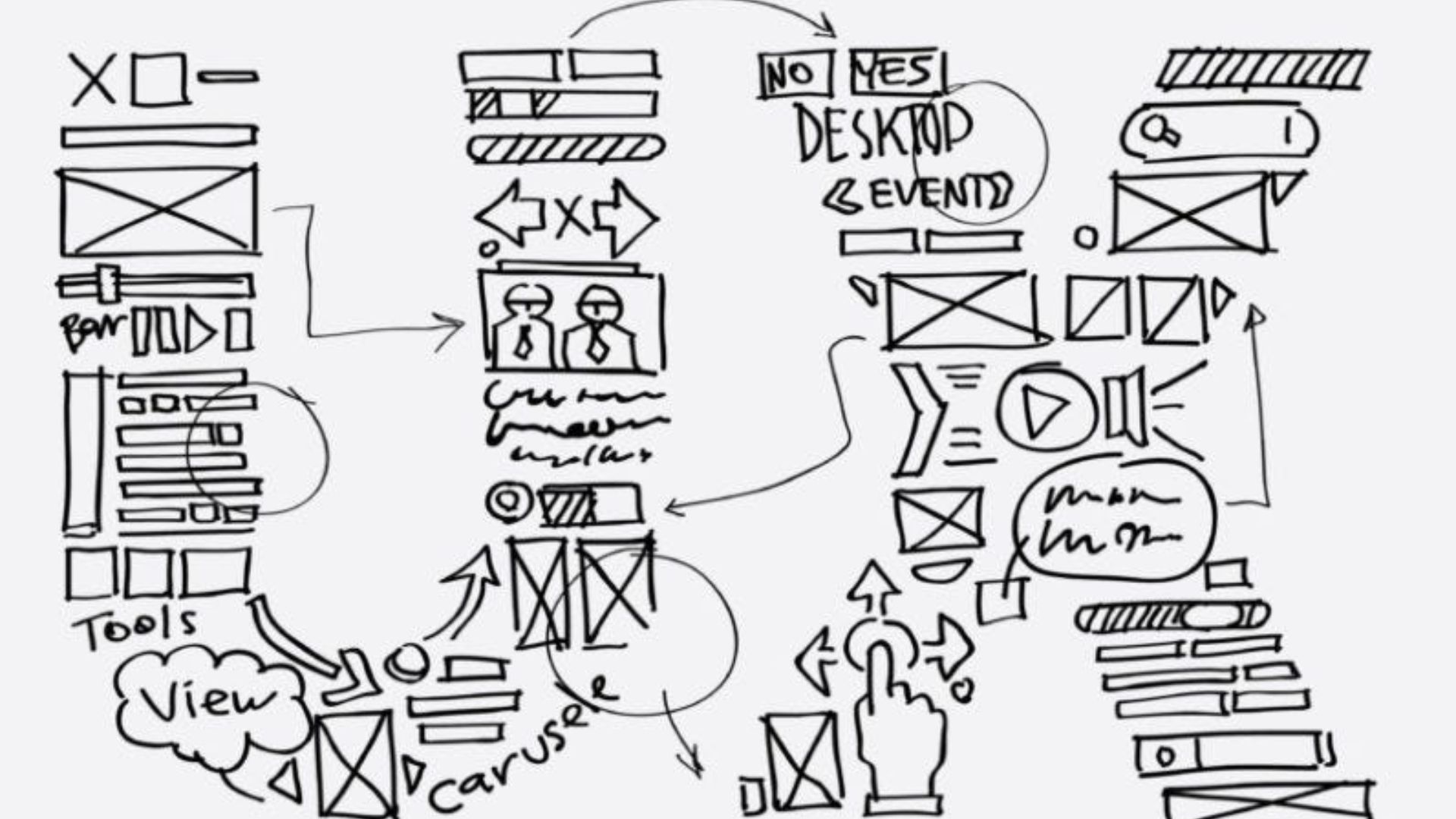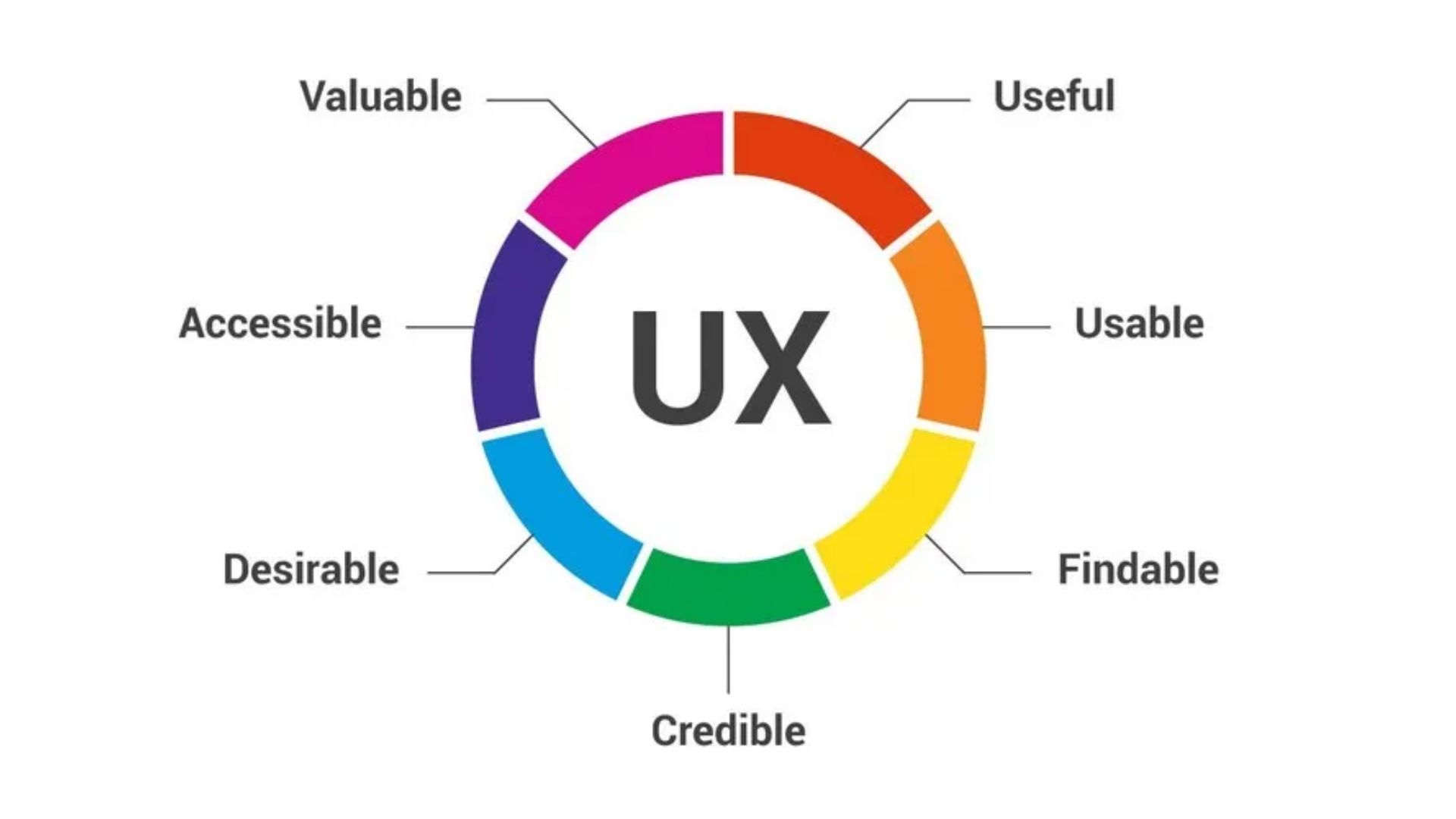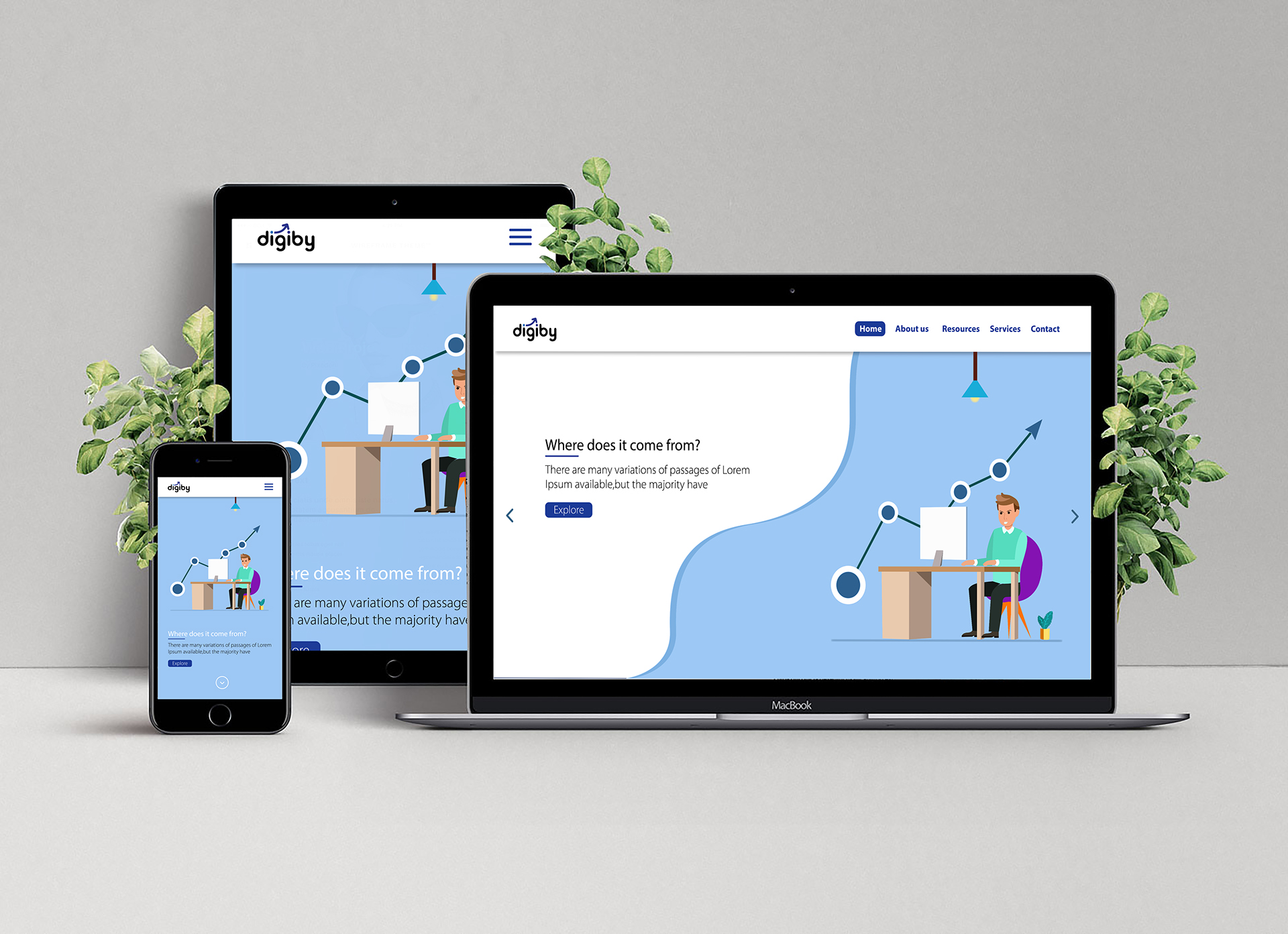
In the ever-evolving landscape of the digital realm, the symbiotic relationship between User Experience (UX) and Search Engine Optimization (SEO) has become the linchpin for online success.
As users increasingly demand seamless, intuitive interactions with websites, search engines like Google have recalibrated their algorithms to prioritize not only relevance but also the overall experience offered to visitors.
In this dynamic convergence of UX and SEO, a strategic alignment of principles becomes imperative for businesses and webmasters aiming to thrive in the competitive online space. In this article, we will talk about what are the 7 UX principles to apply to SEO?
This article delves into the intricate interplay between UX and SEO, unveiling the pivotal 7 UX principles to Apply to SEO that hold the key to unlocking enhanced visibility, engagement, and, ultimately, success on the digital stage.
From the mobile responsiveness that caters to the on-the-go user to the intricacies of keyword optimization and the imperative of accessibility, each principle represents a crucial facet of the broader strategy.
What Is UX Design?
The term "user experience" (UX) describes how happy and engaged a user is with a website during their interaction with it. It encompasses a wide range of elements, including usability, effectiveness, utility, aesthetic appeal, and emotional resonance.
By learning about users' preferences, requirements, and behaviors and applying that knowledge to create intuitive, engaging, and meaningful experiences, UX design seeks to maximize these qualities.
Why Does UX Design Matter?
Weak UX design is the reason behind up to 70%of online product failures. Conversion rates are strongly impacted by the experience that your website provides, in addition to other elements like customer perception of your business.
Given that 67% of users cite a poor user experience as one of the primary causes for leaving a website, it is evident that the UX design of your website is essential to retaining, engaging, and satisfying users, all of which have a significant impact on your conversion rates.
5 Benefits Of UX For SEO
User Experience (UX) plays a pivotal role in Search Engine Optimization (SEO), influencing not only how users interact with a website but also how search engines perceive and rank it.
The design of a website plays a crucial role in forming initial impressions, accounting for a substantial 94% of the overall impact. Here are five significant benefits of prioritizing UX for SEO;
Lower Bounce Rates And Improved Dwell Time
A seamless and intuitive user experience encourages visitors to stay longer on a website, reducing bounce rates. Search engines interpret longer dwell times as a positive signal, signaling that users find the content relevant and engaging.
This can contribute to improved search rankings, as Google, for instance, values websites that hold user attention for longer durations.
Enhanced Mobile Experience For Better Rankings
With the increasing prevalence of mobile device usage, Google has shifted to a mobile-first indexing approach.
Websites optimized for mobile devices not only provide a better experience for users but also align with Google's preferences, potentially resulting in higher search rankings. A responsive design and user-friendly mobile interface are crucial aspects of a positive UX that positively impact SEO.
Reduced Page Load Times For Improved Rankings
Page speed is a critical factor in both user experience and search engine rankings. Slow-loading pages frustrate users and can lead to higher bounce rates.
Search engines, including Google, consider page speed when determining search rankings. Therefore, optimizing website elements, compressing images, and leveraging browser caching to enhance page load times contribute to a better UX and improved SEO.
Improved Content Engagement And Shareability
High-quality, engaging content is a cornerstone of both UX and SEO. When users find content valuable, they are more likely to engage with it by sharing it on social media, linking to it, or spending more time consuming it.
Social signals, such as shares and likes, are considered by search engines when assessing a website's authority and relevance, indirectly impacting its search rankings. For every $1 invested in user experience (UX), there is an impressive return of $100, translating to an outstanding return on investment (ROI) of 9,900%. (Source: UXcam)
7 Key Principles Of UX Design
User-Centric
The goal of user experience (UX) design is to make interaction with a product or service as easy, efficient, relevant, and enjoyable as possible for the user. The user is at the center of everything that happens in design: needs analysis, behavior analysis, and problem-solving. User-centricity is, therefore, the fundamental tenet of UX design.
To put it more clearly, user-centricity refers to the process of making decisions based on a thorough understanding of users and their expectations of the product. It necessitates giving careful thought to every scenario in which a user could engage with the good or service, as well as the reason for their use and their emotional reaction to it.
Understanding user personas and any problems they could have using the product requires doing UX research and utilizing a variety of user feedback methods. This entails a UX designer going through a cycle of research, testing, and feedback. This iterative method informs design decisions and keeps designers continuously user-focused.
UX designers can make sure they create experiences that actually resonate with people and successfully and efficiently satisfy their needs by adopting the user-centric design philosophy. It results in a design that genuinely connects with its audience, giving the product not just functionality but also meaning and enjoyment.
Context
In user experience design, context refers to knowing how, where, and when users engage with a design. The user's environment, their physical and mental emotions, and any possible disruptions are crucial considerations when creating a product.
Several approaches may be used to include a contextual perspective in the design process. One tactic that offers important insights into user habits, preferences, and usual surroundings is conducting user surveys. This research is essential to contemporary UX design methodologies since it facilitates the creation of user-profiles and the mapping of use cases.
Another crucial approach that is frequently disregarded is "ethnographic" study. This entails putting oneself in the users' position and utilizing the product in their circumstances.
The context ensures that the product is valid and flexible enough to be utilized in a variety of circumstances by keeping the design process rooted in the reality of the user's environment.
Be Informative With Your Meta Description
You make sure that your visitors can rapidly locate all of the answers to their most essential inquiries in order to provide exceptional user experience (UX) on your website. This entails utilizing the appropriate navigational layout to facilitate a visitor's trip and provide accurate information on every page.
With a meta description, you can provide the same educational experience in the SERPs. Despite being frequently overlooked, meta descriptions may be quite helpful in ensuring that you or your client create a good first impression. To become an expert at meta descriptions;
Make Use Of All 160 Characters
Maximize the space in your meta description by including as much relevant information as you can.
Add A Call To Action
CTAs may aid in attracting clicks from the SERPS in the same way that they aid in directing visitors through the pages on a website. It makes sense to include a call to action in your search image boost, such as "read about the" or "click here";
Put Value First
Focus on giving potential consumers a clear understanding of what awaits them when they click on your listing.
Remember that including keywords in your meta description is frequently beneficial as well. In addition to increasing your chances of ranking higher, keywords let your visitors know that they are seeing the correct result.
User Control
The concept of "user control" states that users need to have the ability to manage their experience, navigate with ease, and make use of sophisticated features at their comfort level.
This design concept represents a departure from the one-size-fits-all design methodology in favor of a more adaptable, user-centered design that respects and takes into account the diverse skill levels and expectations of its users.
Designing with user control in mind does not entail overburdening people with features or information. A well-designed interface should continue to be simple to use and understandable by users with different levels of experience.
This entails providing extensive capabilities for those who want more control but also keeping things simple enough for the general user.
As you integrate user control, be sure that safety precautions are taken. It is essential to design user control in a way that prevents inadvertent user mistakes that would otherwise upset the user experience. It may mean, for instance, giving users an "emergency exit" from complicated features or sophisticated settings.
Build Trust With Your URLs
Another crucial component of an excellent UX is trust characteristics. You understand that creating a welcoming website for a new brand is your responsibility. Many clients will not feel comfortable sending their money or personal information to a new organization, even in the digital age.
To improve brand credibility, you might include reviews, testimonials, and trust symbols in the website you build. Your URL is where it all begins on search engines.
Using URLs that are optimized for search engines and emphasize the content of the page will reassure visitors. They want to see a matching URL when they click on a website explaining "What is SEO" in the SERPs, not just a string of characters and numbers.
To give your listing more authority, use permalink formats that are optimized for search engines. This will boost the likelihood that a client will click through to a page and encourage them to forward the link to their friends.
Make sure the link structure you choose is maintained across the website after you've decided on it. Your viewers could believe they are on the incorrect page if a link doesn't seem to match the other URLs they see for your website. Your bounce rate goes up as a result.
Hierarchy
The prioritizing of components on a web page to provide a clear visual structure and direct the user's attention is known as a hierarchy in UX design. To make the information provided to consumers easier to grasp, it entails placing design components and text in an order that determines their relative value.
A web designer leads visitors through each homepage, just like a talented storyteller leads their audience through a tale.
The material is thoughtfully organized and presented by the designer, who creates a hierarchy of significance, much like how a storyteller highlights significant characters or narrative aspects. Essential components that enhance the visual hierarchy of websites include;
Size Or Scale
Attention is naturally drawn to more significant elements. Using different sizes aids in establishing visual order and emphasizing crucial material.
Shade
Carefully chosen color choices may highlight particular design components. Important content on your website may be effectively highlighted with the use of bold colors or deliberate color contrasts.
Contrast
Either using color or typography to create contrast makes sure that components are readable and stand out.
Proximity
Relative relevance and the link between related components are shown by grouping them near together. Users can better grasp the connections between various bits of information by considering proximity.
White Space
Effective use of white space enhances overall visual balance, makes essential parts stand out, and gives users breathing room.
In order to build a solid hierarchy in UX design, take into account the following;
Choose A Focal Point
Please choose the most crucial component or message for your design, and then use thoughtful design decisions to make sure it gets the attention it deserves.
Consider Viewing Patterns
Recognize how users scan online material. To efficiently direct users' attention, make use of well-known patterns like the Z or F patterns.
Create Multiple Versions
Investigate many design possibilities to identify the ideal visual answer. Try varying the colors, element placements, and text to determine which hierarchical approach has the most significant impact.
Consistency
Consistency is essential to successful UX design since it makes a product more straightforward to use and comprehend. How consistent designs are within the same brand and product family or across different sites, displays, or platforms is a crucial consideration.
Maintaining consistency is essential since it makes navigation simple and predictable, lessens cognitive strain, and gives users a sense of comfort and familiarity.
It takes more than just using the same font and color scheme on all displays to maintain design consistency. It includes the design, how interactive parts react and behave, the language used in labels and directions, and a lot more.
The way in which consistency lives up to consumer expectations is another crucial factor. Because they have used comparable items in the past, customers may already have certain expectations about the functioning of the product.
Due to the widespread adoption of comparable design templates by well-known applications and websites, customers eventually come to anticipate similar functionality from other goods.
This does not imply that imitation of rivals is the sole path to success or that there is no room for originality or invention. Nonetheless, designing a website that functions similarly to other industry-leading websites would guarantee usability and a seamless user experience while also assisting consumers in navigating pages more quickly.
Frequently Asked Questions
How Can Websites Encourage User Interaction For Improved UX And SEO?
Running contests, polls, and Q&A sessions fosters user engagement, positively affecting both UX and SEO.
What Analytics Should Be Monitored To Assess The Effectiveness Of Social Media Efforts For SEO?
Monitor engagement metrics, such as likes, shares, and comments, to gauge the impact on SEO.
How Can Effective Keyword Usage Benefit Both UX And SEO?
Balancing keyword optimization naturally improves both user experience and search engine visibility.
Conclusion
Talking about what are the 7 UX principles to apply to SEO? While there isn't a single universal strategy for enhancing user experience, there are some broad guidelines that can support user attraction.
You may expect your website to rank even higher when you pair them with a successful SEO plan. The distinction between UX and SEO tactics becomes more hazy as Google's algorithm develops and looks for methods to get people closer to their search queries.
This is the reason it's crucial to keep the user's perspective in mind while creating a website. You'll rise to the top of search results as long as you provide them the answers they require. Because it's a complicated process, you should leave some areas of optimization to the experts who can help you create the best website design. When creating your website, keep these guidelines in mind, and your UX and SEO tactics will soar to new heights.




